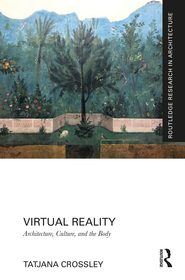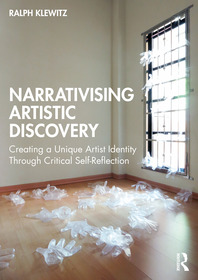
- Publisher's listprice GBP 145.00
-
69 273 Ft (65 975 Ft + 5% VAT)
The price is estimated because at the time of ordering we do not know what conversion rates will apply to HUF / product currency when the book arrives. In case HUF is weaker, the price increases slightly, in case HUF is stronger, the price goes lower slightly.
- Discount 10% (cc. 6 927 Ft off)
- Discounted price 62 346 Ft (59 378 Ft + 5% VAT)
Subcribe now and take benefit of a favourable price.
Subscribe
69 273 Ft

Availability
Estimated delivery time: In stock at the publisher, but not at Prospero's office. Delivery time approx. 3-5 weeks.
Not in stock at Prospero.
Why don't you give exact delivery time?
Delivery time is estimated on our previous experiences. We give estimations only, because we order from outside Hungary, and the delivery time mainly depends on how quickly the publisher supplies the book. Faster or slower deliveries both happen, but we do our best to supply as quickly as possible.
Product details:
- Edition number 1
- Publisher Routledge
- Date of Publication 30 September 2025
- ISBN 9781032733036
- Binding Hardback
- No. of pages170 pages
- Size 234x156 mm
- Weight 470 g
- Language English
- Illustrations 31 Illustrations, black & white; 15 Halftones, black & white; 16 Line drawings, black & white 700
Categories
Short description:
This book investigates how immersive environments, across architecture, art and media, shape spatial perception, cultural identity and the construction of reality. It offers a spatial-psychoanalytical reading of virtual reality, examining how architecture and representation engage with the body, sensorial experience and subjectivity.
More
Long description:
This book investigates how immersive environments, across architecture, art, and media, shape spatial perception, cultural identity, and the construction of reality. It offers a spatial-psychoanalytical reading of virtual reality (VR), examining how architecture and representation engage with the body, sensorial experience, and subjectivity.
Redefining VR as an experiential and spatial condition rather than simply a digital construct, the book traces its lineage from ancient fresco rooms to contemporary digital landscapes. Grounded in theoretical frameworks from psychoanalysis, phenomenology, and media theory, it explores how immersive environments function as extensions of the body and reflect a collective identity. Case studies, from Pompeii to the Metaverse, illustrate how architecture and representation shape our virtual experience. Rather than viewing VR as a new phenomenon, the book positions it as part of a longer trajectory in design and representation, shaped by evolving tools and technologies. It argues that the virtual spaces we create and the artifacts we choose to represent encode insights about identity, memory, and social conditions.
This book is written for theorists, practitioners, academics, and students of architecture, art, and design. It situates architectural practice within the unfolding discourse on virtuality, identity, and the cultural implications of space-making.
MoreTable of Contents:
List of Figures
Preface
Acknowledgments
Introduction
Part I
1. Framing the Body
2. Body Image
3. Immersion
Part II
4. From the Cave to the Digital Landscape
5. Tricking the Eye
6. The Spectacle
7. The Atmospheric
8. The Digital
9. Conclusion: Mediated Bodies, Designed Realities
Index
More

Narrativising Artistic Discovery: Creating a Unique Artist Identity Through Critical Self-Reflection








